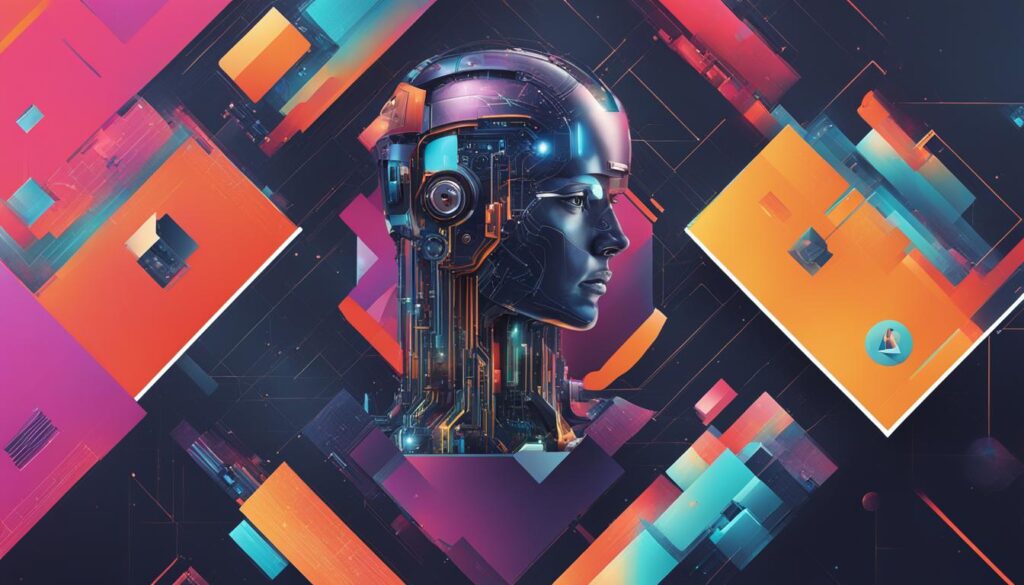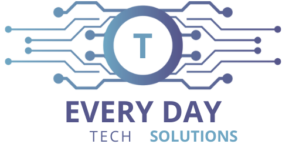Table of Contents
Well, let me tell you, AI is not just some fancy technology that sits around doing nothing. It’s a powerhouse of capabilities and applications that are revolutionizing industries left and right. From healthcare to finance, AI is making its mark by replicating human discernment and making real-time decisions. It’s like having a super-smart assistant on steroids!
AI’s main superpower is its ability to analyze real-time data and predict outcomes with mind-blowing accuracy. No more human error or guesswork. AI sifts through mountains of information to choose the most appropriate course of action. It’s like having a crystal ball that never fails!
But wait, there’s more! AI is also a whiz at research and data analysis. It crunches numbers faster than a speeding bullet, giving you insights that would take humans ages to uncover. Say goodbye to the hours spent staring at spreadsheets. AI has got it covered!
And here’s the best part – AI doesn’t carry any biases. Give it accurate data, and it will make unbiased decisions. No more human prejudices clouding the judgment. Talk about a fair and square playing field!
Oh, and did I mention how AI can take care of all those repetitive tasks that make you want to pull your hair out? Say hello to more time for the fun and challenging stuff. AI is like your trusty sidekick, always ready to lend a helping hand!
In a nutshell, AI is a game-changer in industries like healthcare, finance, and manufacturing. It improves efficiency, decision-making, and overall awesomeness. So, buckle up and get ready to witness the AI revolution firsthand!
Key Takeaways:
- AI is not just automation, but a form of machine learning that replicates human discernment.
- It analyzes real-time data to predict outcomes and make unbiased decisions.
- AI helps with research, data analysis, and frees up employees from repetitive tasks.
- It is an essential tool in industries like healthcare, finance, and manufacturing.
- Get ready for the AI revolution – it’s going to change the game!
How Does AI Work?
AI, or artificial intelligence, operates through a combination of large data sets and intuitive processing algorithms. It starts with inputting data, which is then processed to recognize behavior patterns and adjust its functions and algorithms accordingly. The capabilities of AI extend through various technologies, including machine learning algorithms, deep learning models, natural language processing (NLP) techniques, and computer vision.
Machine learning is a key aspect of AI that allows systems to learn and improve automatically. By finding patterns in data, machine learning algorithms can uncover insights and enhance task performance. Deep learning, a subset of machine learning, takes advantage of artificial neural networks to process information and make inferences. This enables AI to handle complex tasks and provide intelligent solutions.
NLP techniques, on the other hand, enable AI to recognize and interpret human language. This allows for more natural interactions between AI systems and humans, facilitating communication and understanding. Computer vision, another important component of AI, enables the analysis of visual data, opening up opportunities for applications such as image recognition and autonomous vehicles.
AI’s ability to combine data analysis with intuitive algorithms enables it to perform complex tasks and provide intelligent solutions.
Overall, AI works by leveraging data and employing a combination of machine learning, deep learning, NLP, and computer vision technologies. Through these capabilities, AI systems can process and analyze information, learn from past experiences, and make informed decisions in real-time.
Image: AI in Action
| AI Capability | Description |
|---|---|
| Machine Learning Algorithms | Enable AI systems to learn from data, find patterns, and improve performance. |
| Deep Learning Models | Utilize artificial neural networks to process information and make inferences. |
| Natural Language Processing (NLP) Techniques | Enable AI to understand and interpret human language for more natural interactions. |
| Computer Vision | Facilitate the analysis of visual data, allowing for applications like image recognition. |
The Four Concepts of AI
When it comes to artificial intelligence (AI), there are four main concepts that define its capabilities and potential. These concepts, namely Reactive Machine, Limited Memory, Theory of Mind, and Self-aware AI, represent different levels of sophistication and functionality. Understanding these concepts can shed light on the current state of AI and what the future may hold.
Reactive Machine
Reactive Machines are the most basic form of AI. They can respond to real-time data and make decisions based on the input they receive. However, they do not have the ability to store information or learn from past experiences. In other words, Reactive Machines lack memory and can only react to what is happening in the present moment. While they can perform specific tasks efficiently, their functionality is limited to the scope of their programming.
Limited Memory
As the name suggests, Limited Memory AI has the ability to store and utilize information from past experiences. This allows them to learn new tasks and adapt their behavior based on previous knowledge. Limited Memory AI is the most common type of AI used in business settings, as it can analyze historical data and make informed decisions accordingly. By leveraging stored information, these AI systems can improve their performance over time.
Theory of Mind
Theory of Mind AI takes AI capabilities a step further by attempting to understand human emotions and intentions. While fully human-like responses are not yet possible, Theory of Mind AI can analyze human behavior and make predictions based on it. This concept involves AI systems having a model of the human mind and using it to interpret and respond to human interactions. Although still in the early stages of development, Theory of Mind AI holds great promise for applications in fields such as psychology and customer service.
Self-aware AI
Self-aware AI represents the most advanced concept in AI. These AI systems not only process information and make decisions but also possess their own thoughts and feelings. While true self-aware AI is still a topic of ongoing research, scientists and researchers are making significant strides in understanding and developing this concept. Self-aware AI has the potential to revolutionize many areas of human life, from healthcare to personal assistants.

In conclusion, the four concepts of AI – Reactive Machine, Limited Memory, Theory of Mind, and Self-aware – represent the evolution of AI capabilities and highlight the advancements made in the field. Each concept brings new possibilities and challenges that shape the future of AI. By understanding these concepts, we can better appreciate the current state of AI and anticipate the exciting developments to come.
How to Embrace the AI Revolution in Your Workflow
Ah, the wonders of artificial intelligence (AI). It’s like having a super-smart assistant that never complains or asks for a raise. But how can you incorporate AI into your workflow without breaking a sweat? Fear not, my friend, I’ve got you covered!
Identify the Perfect Problem
First things first, pinpoint the problem you want to solve using AI. Whether it’s streamlining mundane tasks or boosting productivity, AI can be your secret weapon. Think about those repetitive tasks that take up valuable time and energy. Let AI handle them, while you focus on the exciting stuff.
Automate and Liberate
Once you’ve identified the tasks that AI can take off your plate, it’s time to bring in the automation. Set up AI systems to handle those repetitive processes like a champ. From data entry to customer interactions, let AI do the heavy lifting so you can finally breathe easier. Trust me, your team will thank you for it!
Welcome the AI Sidekick
AI can be more than just a fancy automation tool. Think of it as your trusty sidekick, ready to assist you in delivering top-notch customer experiences. Chatbots, for example, can handle customer interactions, gather essential data, and provide real-time support. Embrace the power of AI in customer service and watch your business soar!
Incorporating AI into your workflow is all about working smarter, not harder. Choose the right AI technology that suits your business needs, and ensure the accuracy of the data you feed it. With AI as your ally, you’ll streamline your operations, boost productivity, and make better-informed decisions. Get ready to ride the wave of the AI revolution, my friend!
FAQ
What does AI actually do?
AI is a form of machine learning that can replicate human discernment and make real-time decisions. It reduces human error, analyzes real-time data, and predicts outcomes.
How does AI work?
AI combines large data sets with intuitive processing algorithms. It uses machine learning and deep learning to learn from experience, uncover insights, and make inferences.
What are the four concepts of AI?
AI can be categorized into reactive machines, limited memory, theory of mind, and self-aware. These concepts represent the different levels of AI capabilities and understanding.
How can I incorporate AI in my workflow?
Start by defining the problem you want to solve with AI. Identify processes that can be automated, choose the right AI technology, and ensure the accuracy of the data used. This will streamline operations and improve decision-making.




